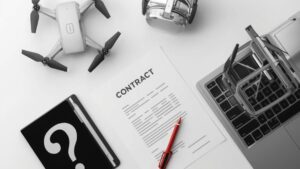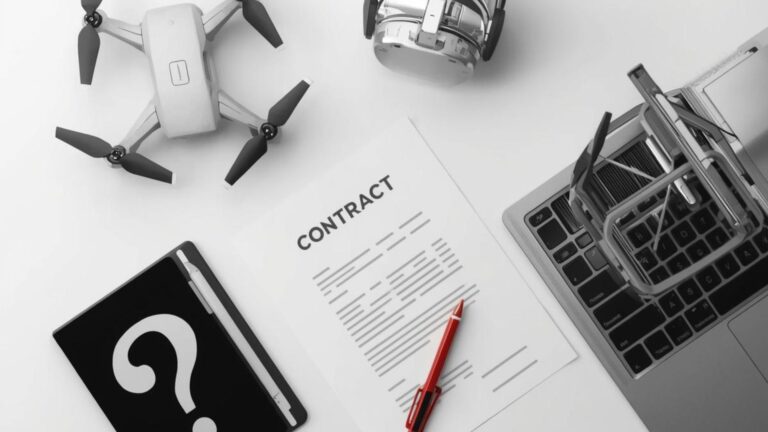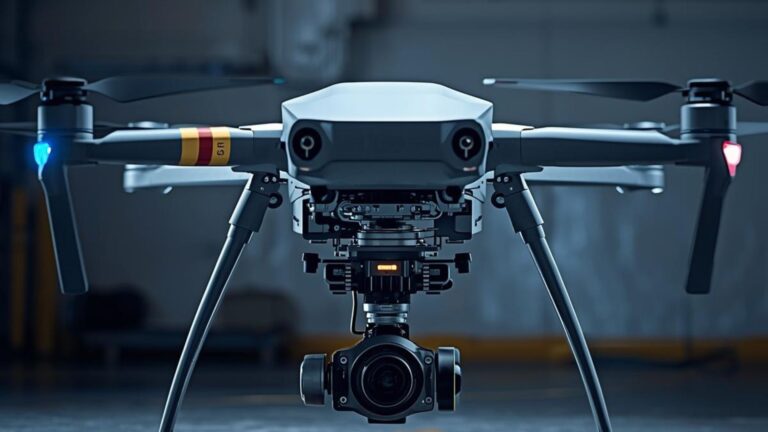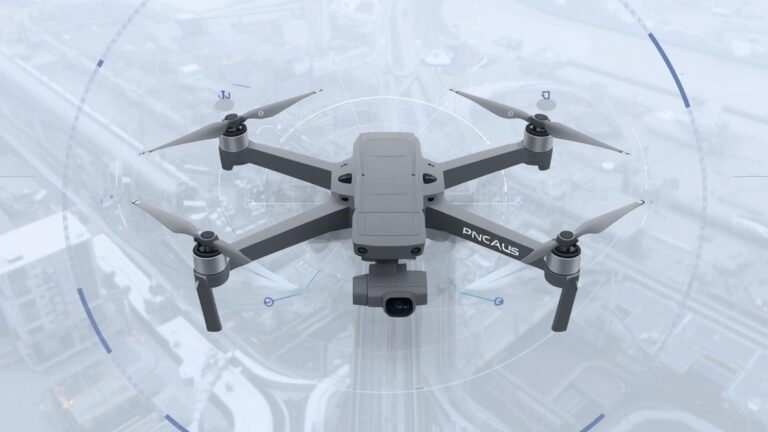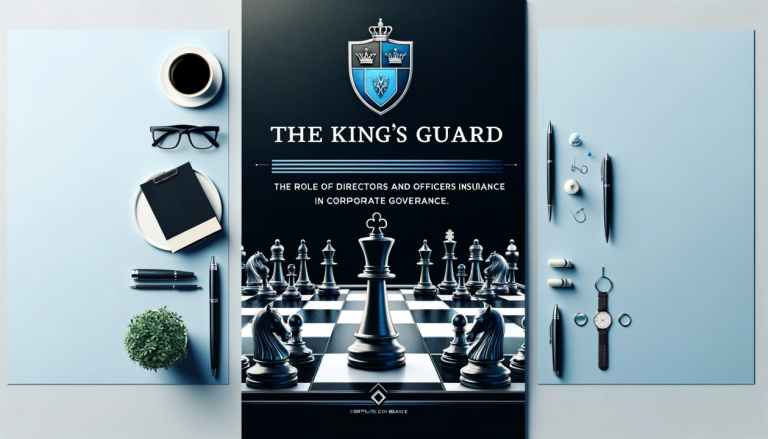Artificial Intelligence (AI) is transforming businesses at a breakneck pace. From automating processes to enhancing decision-making, AI offers tremendous advantages. However, this innovation comes with a new spectrum of risks. Cyber threats are evolving, and corporate leaders face fresh liabilities.
To stay protected, companies must ensure their cyber insurance and directors and officers (D&O) insurance policies evolve as quickly as AI itself. This article explores how AI is raising the stakes in cybersecurity, what “AI insurance” entails, and why D&O coverage is more crucial than ever in the age of AI.
AI-Driven Cyber Threats Demand New Coverage
Cyber criminals are leveraging AI to launch more sophisticated and targeted attacks. Machine learning algorithms can automate phishing schemes that are eerily convincing, or identify software vulnerabilities faster than ever. In this era of AI-driven cyber threats, traditional defenses can struggle to keep up.
These escalating threats mean cyber insurance policies must adapt. Insurers are paying closer attention to how businesses manage cyber risk and whether they use advanced security measures (including AI) to defend their networks. They also worry about privacy liabilities: for example, an AI system could misuse personal data or violate privacy law without an obvious breach, leading to claims that standard cyber policies might not cover.
Businesses should review their cyber insurance to ensure it extends to these new AI-related scenarios. Some insurers have even begun introducing exclusions for losses caused by AI errors or autonomous decisions. Recognizing and negotiating these terms is essential so that coverage truly matches the modern threat landscape. Even deepfake scams that blur the line between hacking and fraud are forcing insurers to adjust what cyber policies cover.
What Is AI Insurance? Covering AI-Specific Risks
With AI systems making critical decisions, organizations are asking: Does my insurance cover AI failures? The term “AI insurance” has emerged to describe coverage tailored to risks from artificial intelligence technologies. In practice, AI insurance isn’t usually a single standalone policy, but rather a combination of enhancements to existing coverage (like technology errors & omissions or cyber liability policies) along with new specialized endorsements.
Key AI-related risks that insurance should address include
- AI system errors: AI models can make mistakes. For instance, a generative AI might produce incorrect advice or defamatory content, sparking lawsuits or financial losses.
- Privacy and regulatory compliance: If AI misuses personal data or breaks privacy laws, the company could face fines and legal action. Strong coverage is needed to handle these penalties and defense costs.
- Intellectual property issues: AI might inadvertently incorporate copyrighted material or trade secrets in its output. This could lead to IP infringement claims, so coverage should help with legal defense and settlements.
Because most traditional policies weren’t written with AI in mind, businesses should work closely with their brokers to secure appropriate endorsements or policy updates. In some cases, insurers are even developing separate AI liability policies for companies deeply involved in AI development or deployment.
The bottom line: don’t assume your existing business insurance automatically covers AI-related incidents. Proactively updating your insurance program is the best way to stay protected as you embrace AI technology.
AI and D&O Insurance: New Exposures for Company Leaders
AI doesn’t just pose technical risks – it also creates governance challenges for leadership. Company executives and board members are under pressure to harness AI’s benefits while managing its downsides. If something goes wrong, those decision-makers could be held accountable. This is where a strong Directors and Officers (D&O) insurance policy becomes vital in the AI era.
One major concern is the AI hype cycle. Many companies are touting their AI capabilities to investors. But if an AI initiative fails to deliver on its promise, the fallout can be serious. Regulators have warned they will crack down on leaders that misrepresent AI’s role (a practice being dubbed “AI-washing”). If a company’s stock plunges after an AI project backfires, shareholders might sue claiming executives overstated AI’s promise. D&O insurance is designed to defend management in such cases, covering legal fees and settlements for claims of mismanagement or false statements.
Beyond investor risks, regulators like the SEC are closely watching how companies use and discuss AI. Boards are expected to oversee AI responsibly. If they neglect this duty – say by ignoring known algorithm biases or privacy requirements – they could face investigations or lawsuits for failing to uphold their fiduciary responsibilities.
Underwriters now ask about AI governance when pricing D&O coverage. They want to see that a company has proper controls and expertise guiding its AI strategy. Businesses should ensure their D&O policy has sufficient limits and no exclusions that leave AI-related management decisions unprotected. Adding endorsements or clarifying language can help guarantee the policy will respond to technology-related claims.
Staying Future-Ready with AI Risk Management
Adopting AI can be a game-changer for businesses—but it must be paired with updated risk management. Here are key steps to keep your insurance in sync with your AI ambitions:
- Assess your AI exposure and adjust coverage: Identify how your organization uses AI and imagine worst-case failures. Then check your current insurance for any gaps. Update your cyber, E&O, and D&O policies with extra coverage or higher limits to address those gaps.
- Strengthen AI governance and compliance: Set up clear oversight for AI projects (e.g., ethical use guidelines and board reviews of major AI plans). Stay up-to-date with new AI laws and data privacy rules. Strong governance and compliance reduce the chance of an incident and show insurers you take AI risk seriously.
- Partner with expert advisors: Work with insurance experts who understand technology risks. They can tailor your coverage and inform you of new policy options for AI-related exposures, ensuring you have the right protection as this field evolves.
In conclusion, AI is reshaping the risk landscape. From AI-driven cyber attacks to algorithmic errors causing lawsuits, the challenges are real but manageable. Businesses that embrace AI must equally update their insurance and risk management.
If AI is making decisions in your operations, your insurance must be future-ready to handle these new risks. By updating policies and practicing proactive governance, you can confidently leverage AI’s benefits while keeping your company protected.
